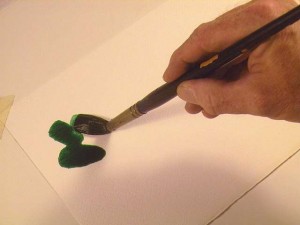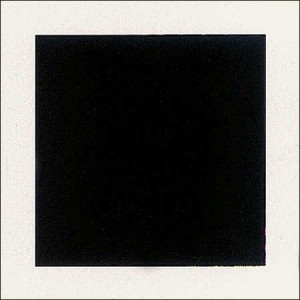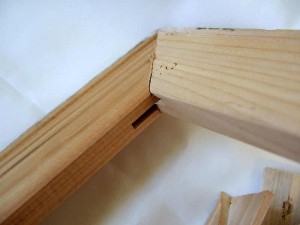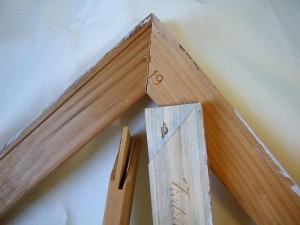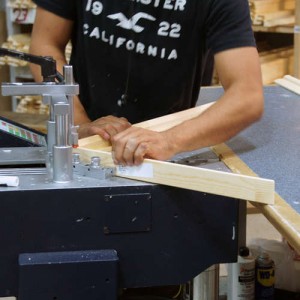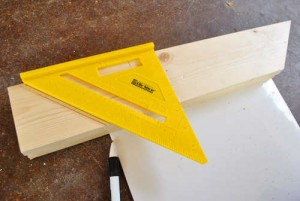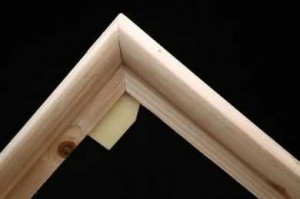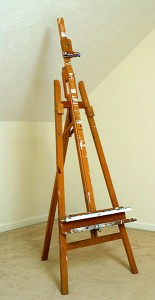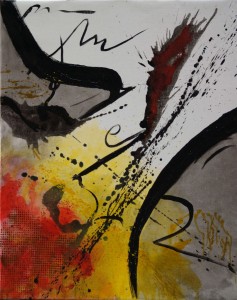Watercolor Painting Supplies for Beginners
Watercolor is one of the most versatile mediums to work with that you can paint your subjects from very controlled and detailed, to very loose and impressionistic. It is exciting and enjoyable but challenging and a bit frustrating at the same time. Now that you’ve decided that you want to try watercolor as a medium, you need to start somewhere and that is to know your materials.
Paper
Watercolor paper is essentially blotting paper marketed and sold as an art paper, and the two can be used interchangeably, as watercolor paper is more easily obtainable than blotter and can be used as a substitute for blotter. Lower end watercolor papers can resemble heavy paper more while higher end varieties are usually entirely cotton and more porous like blotter. Watercolor paper is traditionally torn and not cut.
Paint
Watercolor paint consists of four principal ingredients: pigments, gum Arabic, additives and solvent. The term watercolor refers to paints that use water soluble, complex carbohydrates as a binder. Originally (16th to 18th centuries), watercolor binders were sugars and/or hide glues, but since the 19th century the preferred binder is natural gum arabic, with glycerin and/or honey as additives to improve plasticity and dissolvability of the binder, and with other chemicals added to improve product shelf life.
Palette
Cake and Pan watercolor sets usually have built-in fold out palettes that are useable in varying degrees depending on their size and orientation. For your tube watercolors you can use a flat white dinner plate or buy some inexpensive 6 or more welled plastic palettes like the ones you used in grade school for your tempera paints. A covered plastic palette makes for the least waste and most convenience if you are using tube watercolors. If you are getting serious, buy one.
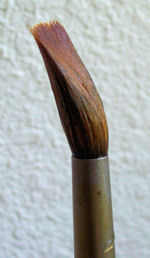 Brush
Brush
A #8 round red sable watercolor brush is the best beginner brush to buy most especially when you can afford only one brush. Adding a round #4 and a 1″ flat would come in handy for detail work and large washes. Most manufacturers have starter sets that contain very usable equivalents.
Water
Find a glass or jar, or small bucket to hold fresh, clean water. Use two for rinsing your brush between colors, and for clean water for painting. Avoid hard water for it decreases paint solubility and flow. Tap water is usually fine
Extras
Some minor extra things that you will need in you watercolour kit is a pencil, a kneaded eraser, some tissues, and an old towel or paper towels, and a couple of large metal clips for holding your watercolor paper to a board.
Image source: watercolorpainting.com
